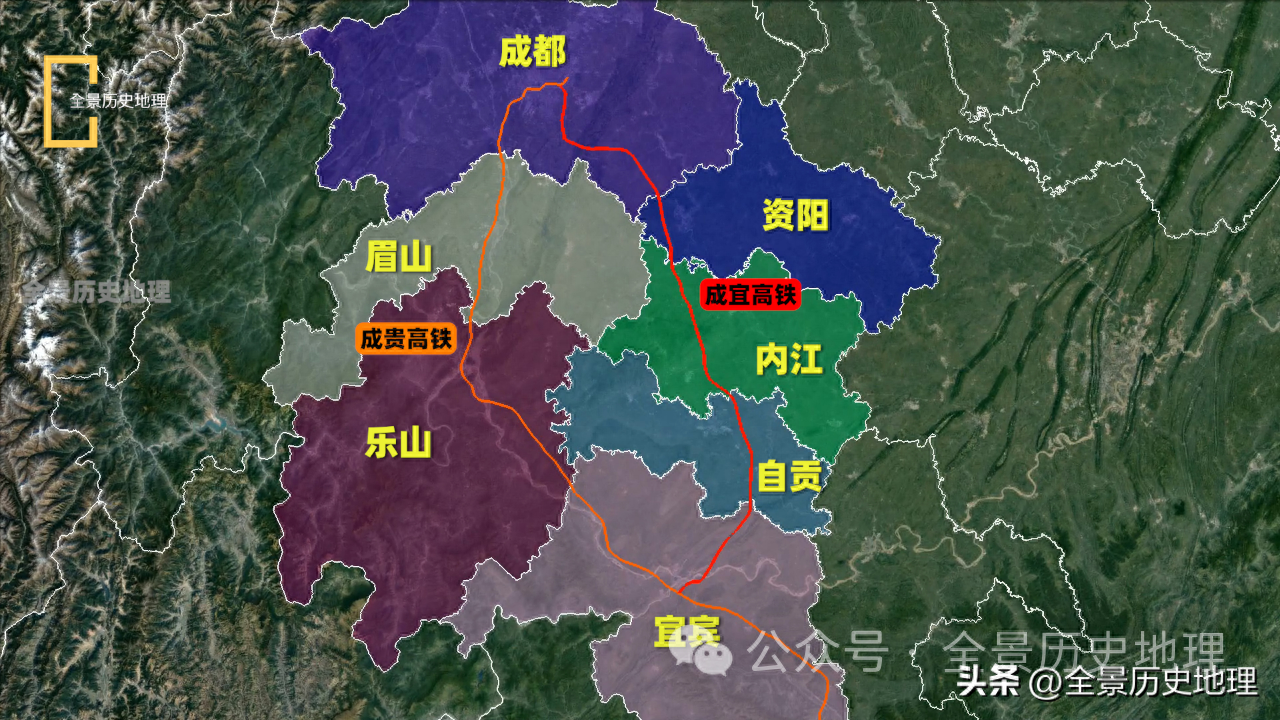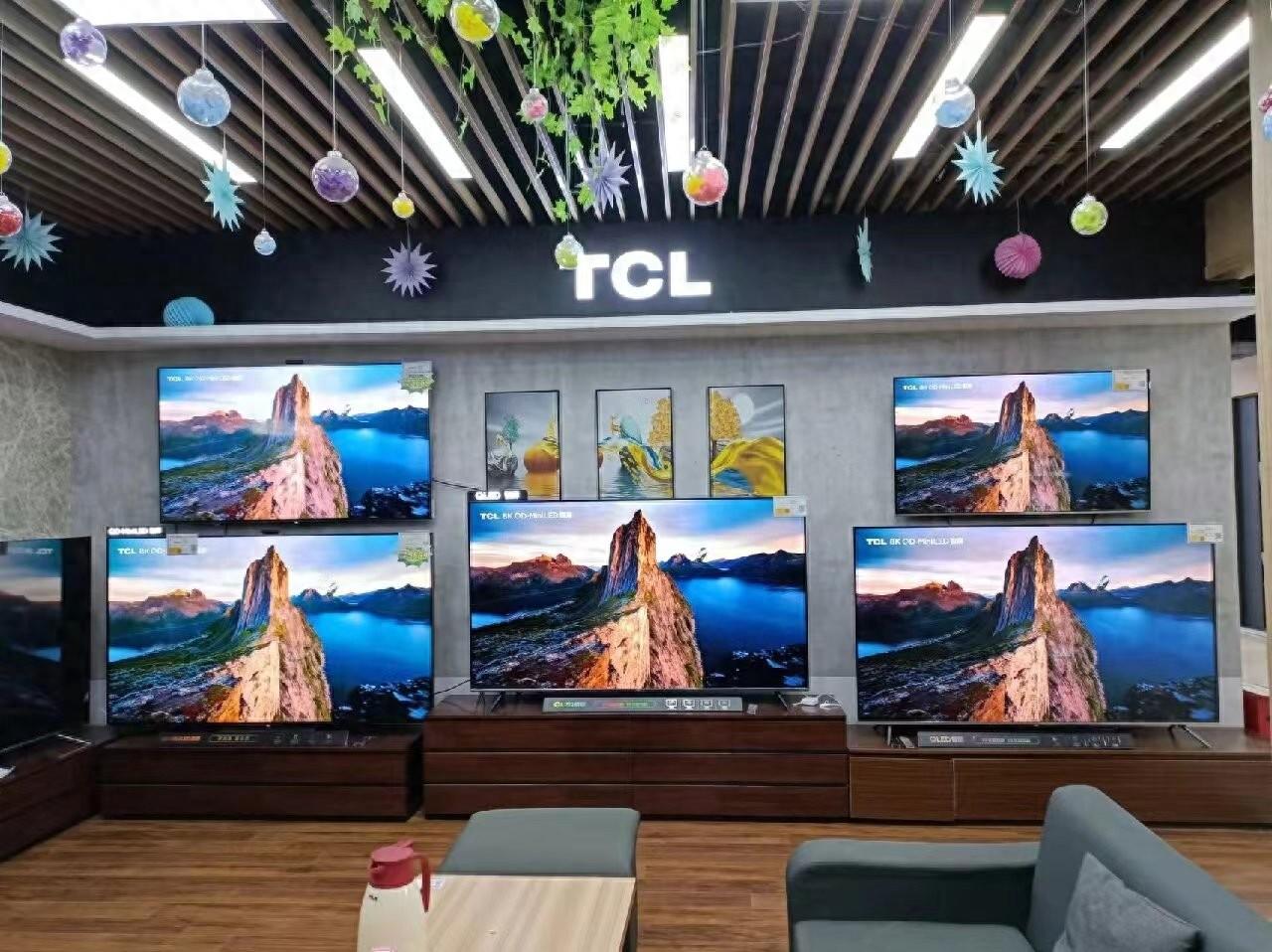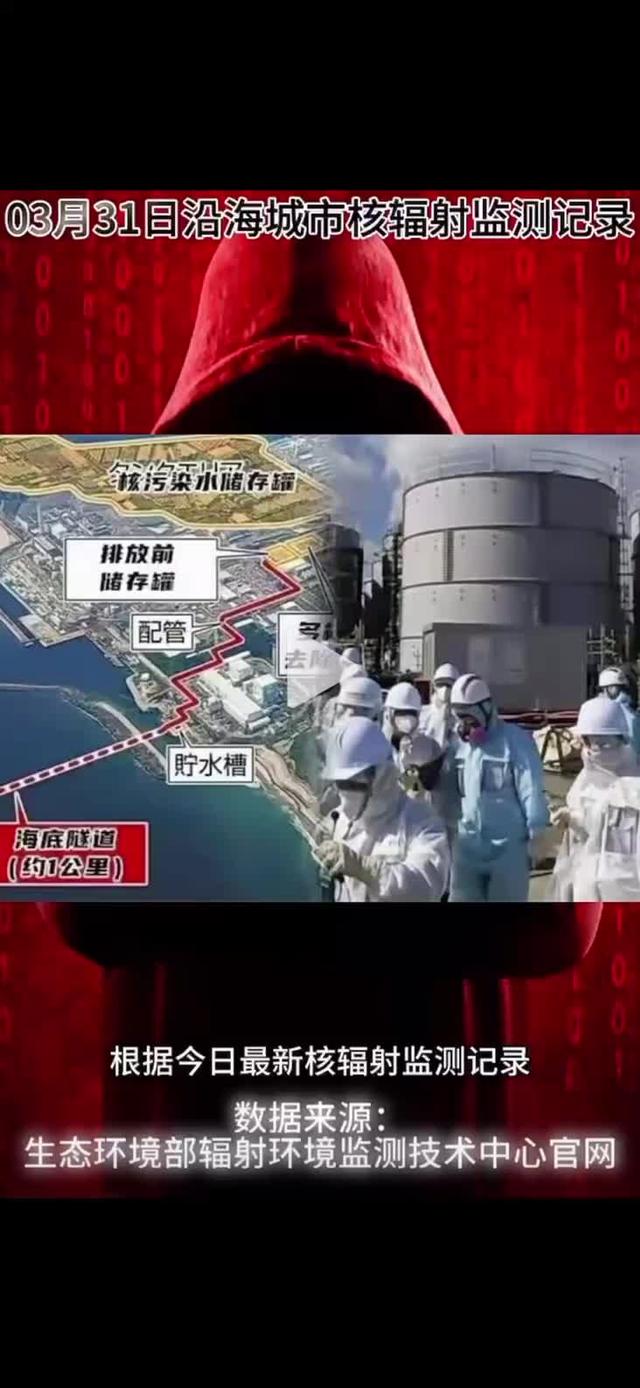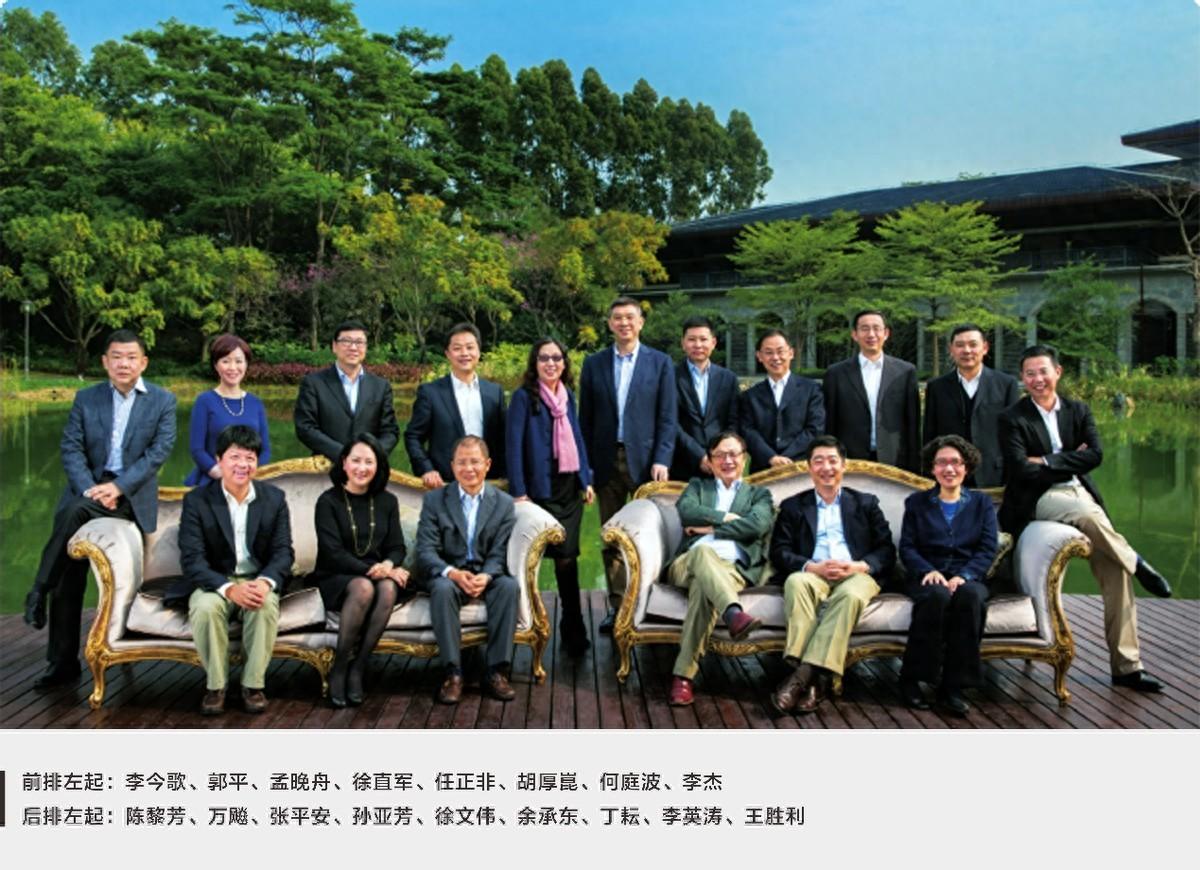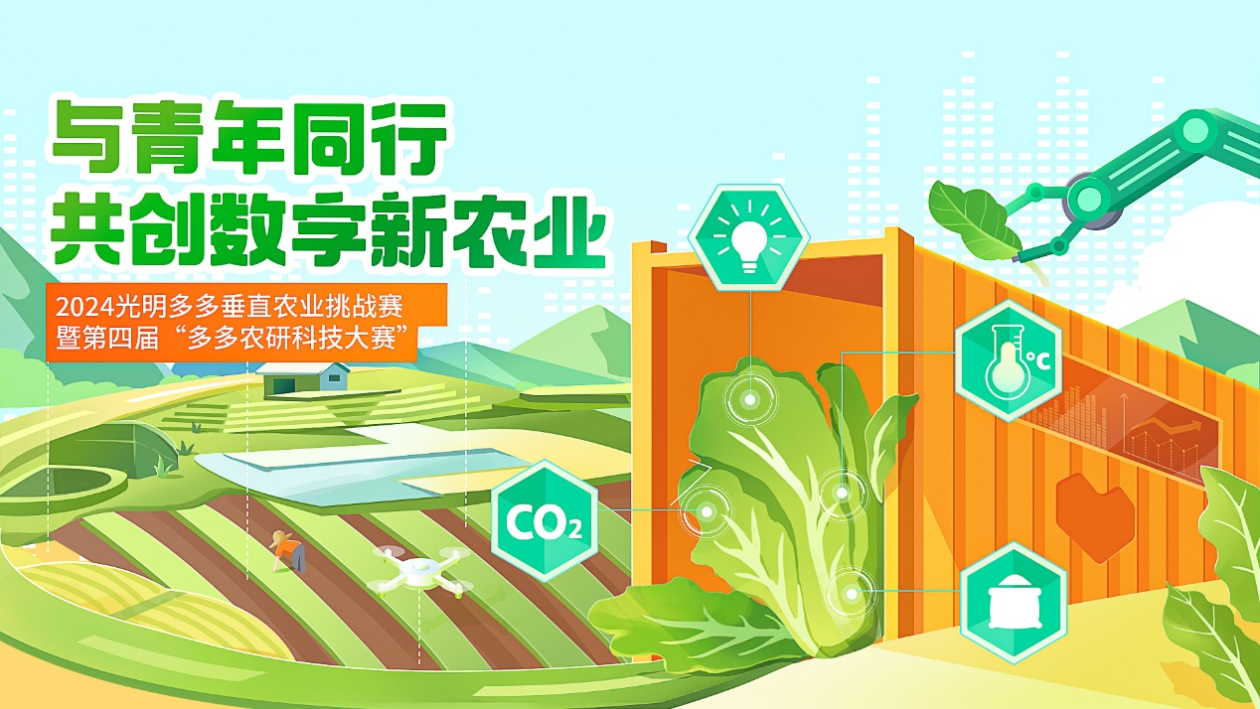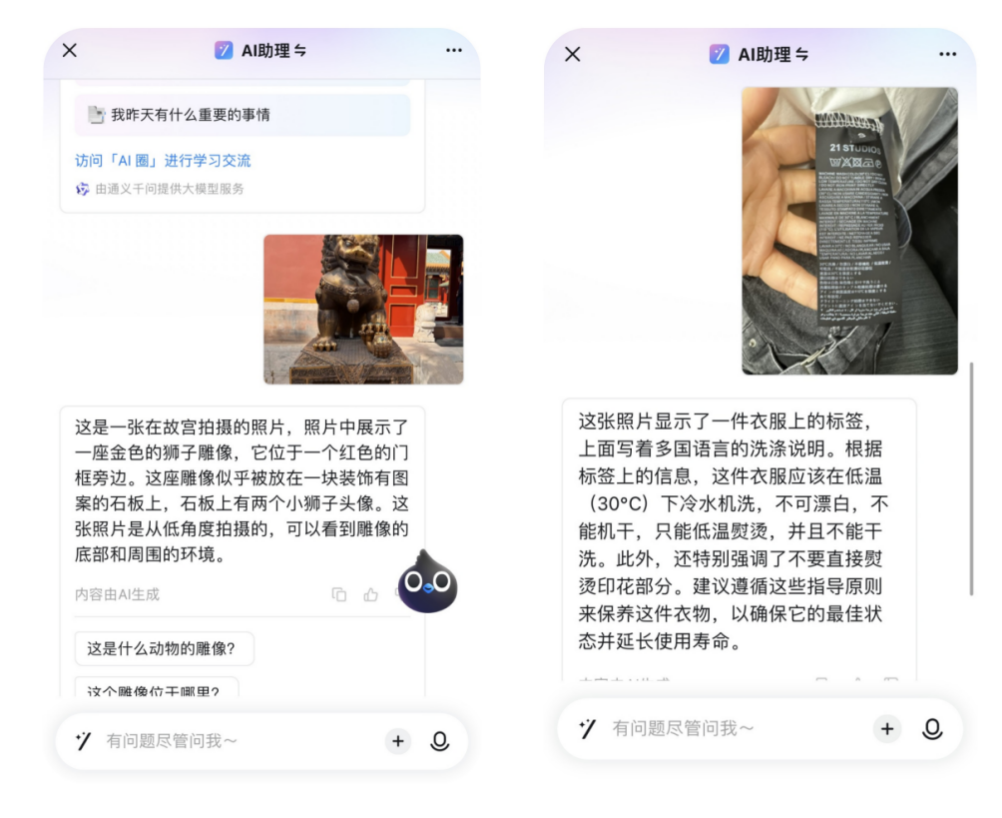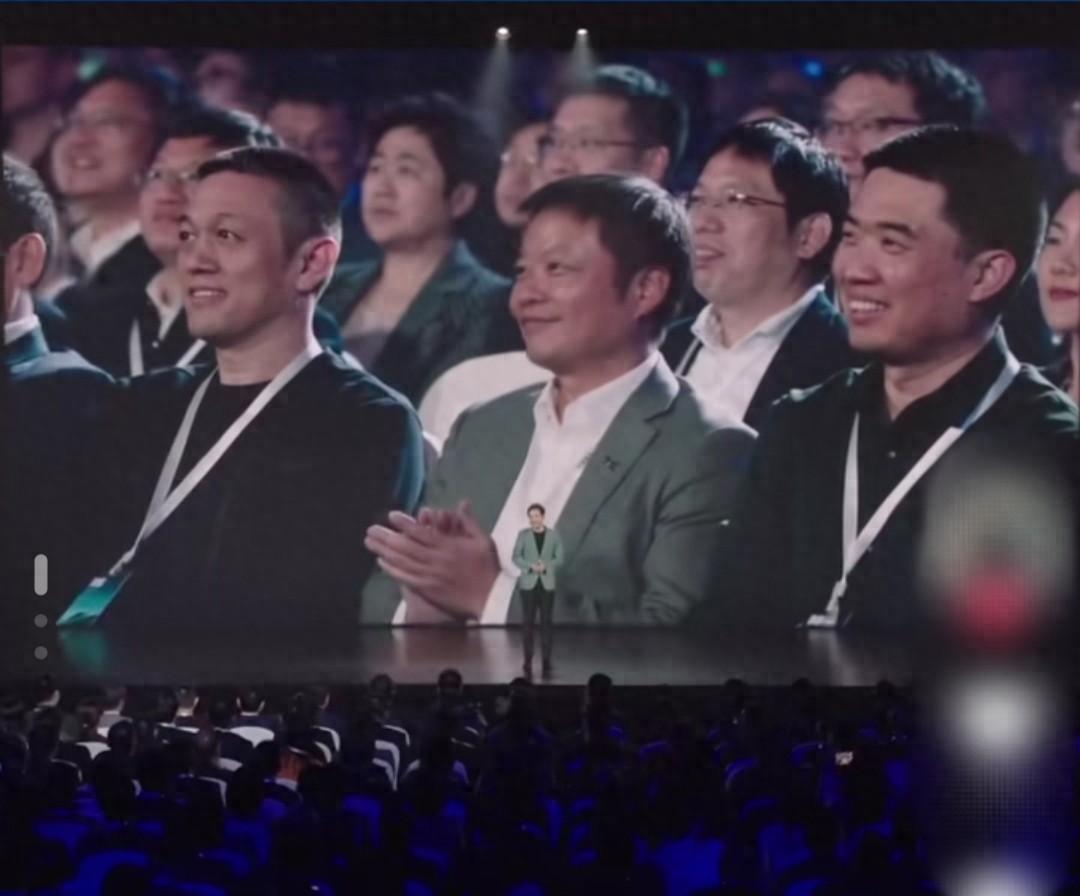Far ahead! The United States cuts off the Gaza network, and non Huawei phones are like bricks in Gaza
Before reading this article, please click on "Follow" to facilitate your discussion and sharing, as well as bring you a different sense of participation. Thank you for your support
Before reading this article, please click on "Follow" to facilitate your discussion and sharing, as well as bring you a different sense of participation. Thank you for your support.
Deeply understanding the new chapter of satellite communication, network connectivity has become an indispensable part of the globalized society on the high-speed information highway of the 21st century. Nevertheless, the recent internet outage in Gaza has revealed a completely different picture. Due to the network blockade imposed by the United States on the region, the communication system, which has always relied on ground network infrastructure, suffered a fatal blow, causing the world to re-examine the status and value of satellite communication in modern society.
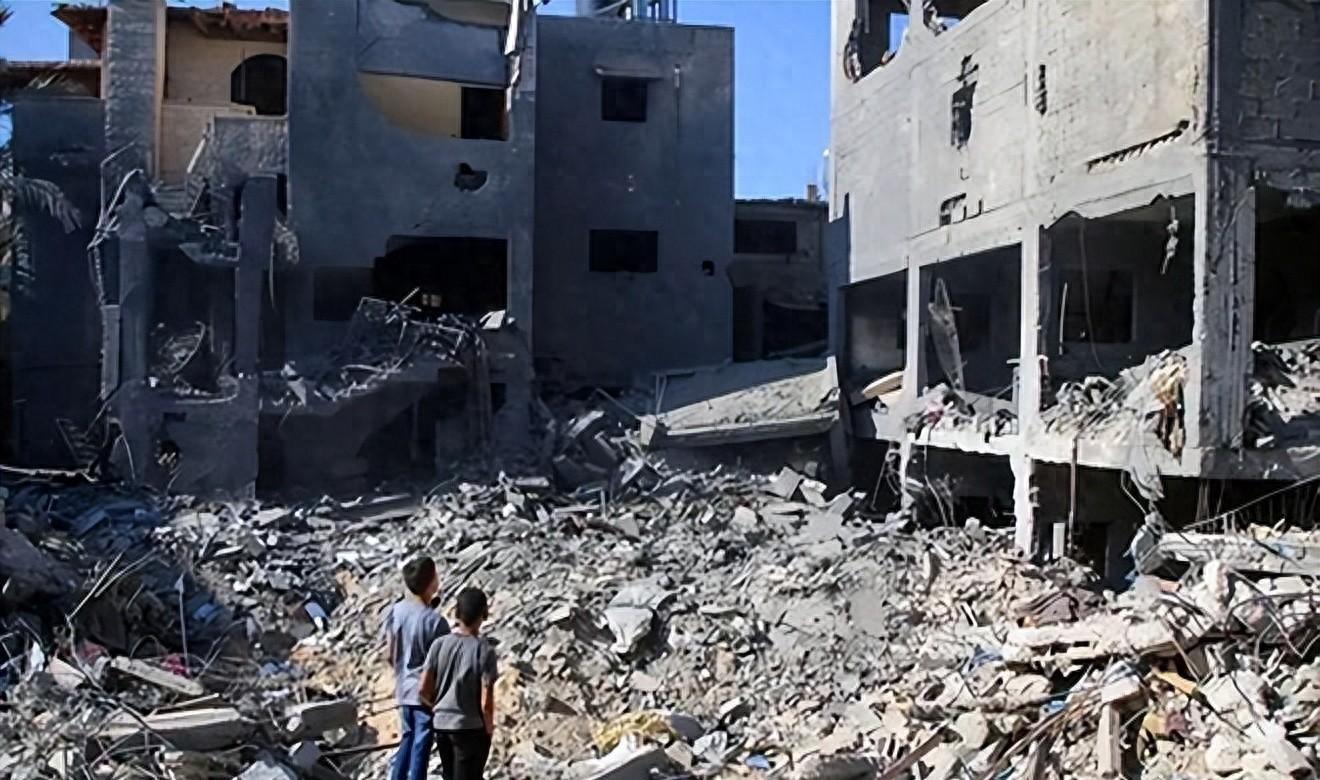
In the disputed Gaza Strip, the United States' internet disconnection operation has forced local residents to face significant communication barriers. Traditional ground based communication technology has been hindered by the conflict between the United States and Israel, and at this time, the satellite communication capability carried by Huawei phones has become the only window for people to communicate. In fact, this crisis is not only an emergency exercise in communication technology, but also a profound reflection on the freedom of the internet and the right to information dissemination.

Faced with the reality of network disconnection, residents in Gaza unexpectedly discovered that their Huawei phones could still maintain communication through satellite signals. This discovery is like an oasis in the desert, allowing people to reconnect with the world in an environment of information drought. This unique feature of Huawei phones has demonstrated its importance for independent communication capabilities during the crisis. People are starting to reassess the necessity of personal communication devices, especially the lifeline role of satellite communication technology in the face of natural disasters and social unrest.

For most people, the use of mobile phones in daily life is limited to the range of traditional terrestrial networks. Nevertheless, in exceptional circumstances such as Gaza, satellite communication has become an issue that cannot be ignored. Huawei's mobile phone technology has been validated in practice here, and the independent communication channel it provides brings unprecedented freedom and convenience to users without the need for ground infrastructure.

In addition, the US blockade of the Gaza network not only touched the Gaza area, but also caused a sharp increase in global consumer attention to Huawei's mobile satellite communication function. For a while, Huawei's mobile phone sales have skyrocketed in the international market, and people are seeking a solution that can still communicate reliably in times of network instability. This incident has prompted countries around the world to reconsider communication diversity, and Huawei's technology has thus become the focus of global attention.

With the successful case of Huawei mobile phones in Gaza becoming a globally recognized communication guarantee tool, countries have begun to reassess their communication infrastructure and seek development in the field of satellite communication. As a result, Huawei's market share has increased, and its position in the global communication technology field has also been consolidated. All of this is attributed to the practice and verification of Huawei's mobile satellite communication function, which provides a new solution for facing urgent communication challenges.

In this context, we have to acknowledge that satellite communication technology is playing an increasingly important role in modern communication. In addition to its application in the field of personal communication, satellite technology also plays an irreplaceable role in a wider range of scenarios. When natural disasters occur and ground communication infrastructure is vulnerable, satellite communication is a key technology for emergency rescue and post disaster reconstruction. It can ensure the real-time transmission of rescue information and provide solid communication support for rescue operations in disaster stricken areas.

Satellite communication also plays a crucial role in remote areas and developing countries. It breaks geographical and economic boundaries and provides a bridge connecting the world for the residents of these regions. In these places, satellite communication technology is not only about making calls or sending information, but also a key driving force for education, healthcare, and economic development.
Looking ahead, with the further development of technology, we can foresee that satellite communication will open up more application fields. The global layout of the Internet of Things, high-definition video transmission, and the popularization of remote medical services will all benefit from the progress and popularization of satellite communication technology. Satellite communication will no longer be limited to specific emergency use scenarios, but will become a part of human daily life, shaping a more interconnected world.
With the rise of high-speed information highways in the 21st century, network connectivity has become one of the core elements of modern society. Nevertheless, the network outage in Gaza has prompted us to rethink the status and value of satellite communication. In this region where disputes continue, satellite communication has become the only means of communication for people during the network lockdown period, triggering a profound reflection on the freedom of the internet and the right to information dissemination.
In the Gaza Strip, the satellite communication function carried by Huawei phones has become an oasis in the information desert, reconnecting people's connection with the world. This highlights the importance of satellite communication technology in times of crisis, prompting people to reassess the necessity of communication equipment, especially in the face of natural disasters and social unrest.
This incident not only caught the attention of the Gaza area, but also sparked global attention to Huawei's mobile satellite communication function. People are beginning to pursue a solution that can reliably communicate even when the network is unstable, which has prompted countries to re-examine communication diversity and place Huawei's technology at the forefront of the global stage.
With the successful case of Huawei mobile phones in Gaza, the position of satellite communication technology in global communication has also been consolidated. It provides new solutions for urgent communication challenges, enabling countries to reassess their communication infrastructure and seek development in the field of satellite communication.
In this context, the importance of satellite communication technology is increasingly prominent. Not only does it play a role in personal communication, but it also plays a crucial role in natural disasters and emergency rescue. It ensures the real-time transmission of rescue information and provides a solid communication guarantee for the affected areas. Similarly, satellite communication plays a crucial role in remote areas and developing countries, connecting the world, promoting education, healthcare, and economic development.
Looking ahead, with the advancement of technology, satellite communication will open up more application fields, including the Internet of Things, high-definition video transmission, and remote medical services. Satellite communication will no longer be limited to specific emergency use scenarios, but will become a part of daily life, building a more interconnected world.
Looking ahead, with the advancement of technology, satellite communication will open up more application fields, including the Internet of Things, high-definition video transmission, and remote medical services. Satellite communication will no longer be limited to specific emergency use scenarios, but will become a part of daily life, building a more interconnected world.
Due to platform rules, you will only be recognized as an iron fan if you have more interaction with me. If you like my article, you can click on "Follow" and become a fan and receive the article push as soon as possible. This article only debuted on today's headlines, please do not move it.
Disclaimer: The content of this article is sourced from the internet. The copyright of the text, images, and other materials belongs to the original author. The platform reprints the materials for the purpose of conveying more information. The content of the article is for reference and learning only, and should not be used for commercial purposes. If it infringes on your legitimate rights and interests, please contact us promptly and we will handle it as soon as possible! We respect copyright and are committed to protecting it. Thank you for sharing.(Email:[email protected])
